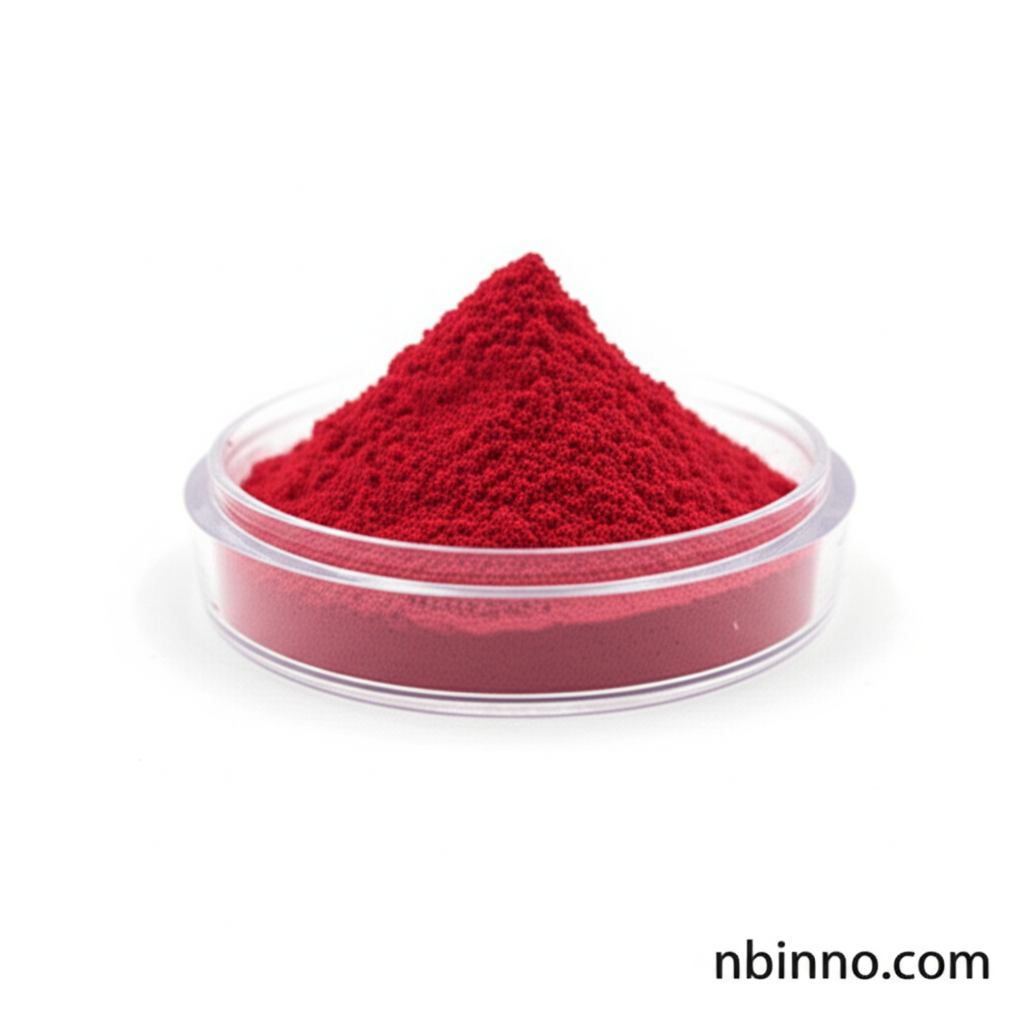3,6-Di(pyridin-2-yl)-1,2,4,5-tetrazine: A Versatile Heterocyclic Compound for Chemical Synthesis and Material Science
Explore the multifaceted applications of 3,6-Di(pyridin-2-yl)-1,2,4,5-tetrazine, a key heterocyclic compound vital for advanced chemical synthesis, coordination chemistry, and cutting-edge material science innovations.
Get a Quote & SampleProduct Core Value

3,6-Di(pyridin-2-yl)-1,2,4,5-tetrazine
As a reliable supplier in China, we offer 3,6-Di(pyridin-2-yl)-1,2,4,5-tetrazine (CAS 1671-87-0), a crucial organic intermediate. This compound is highly valued for its role in enabling sophisticated chemical transformations and the development of novel materials. Its unique structural and reactive properties make it an indispensable building block in modern chemical research.
- Enabling sophisticated chemical synthesis: Our high-purity 3,6-Di(pyridin-2-yl)-1,2,4,5-tetrazine is pivotal for intricate organic chemistry processes, allowing chemists to build complex molecular structures with precision.
- Foundation for coordination chemistry: This compound acts as a key ligand in the formation of various metal complexes, significantly contributing to advancements in coordination chemistry and catalyst design.
- Advancing material science: Its unique reactivity, particularly in Diels-Alder reactions and solid-state reactions with fullerene C60, opens doors to developing new materials with tailored electronic and optical properties, supporting materials science research.
- Facilitating complex reaction pathways: The compound's electron-deficient nature makes it an excellent participant in inverse electron demand Diels-Alder reactions, crucial for the synthesis of functionalized pyridazine derivatives, a key aspect of organic intermediates for chemical synthesis.
Advantages Offered
High Purity and Quality
We guarantee a minimum purity of 97% for our 3,6-Di(pyridin-2-yl)-1,2,4,5-tetrazine, ensuring reliable and reproducible results in your critical chemical synthesis processes.
Versatile Reactivity
The compound's inherent reactivity in reactions like the Diels-Alder cycloaddition makes it a versatile tool for creating diverse molecular architectures, supporting the exploration of new pyridine-based heterocyclic compounds.
Broad Application Spectrum
From academic research to industrial applications, its utility spans across coordination chemistry applications of tetrazines, pharmaceutical intermediate synthesis, and the development of advanced materials.
Key Applications
Organic Synthesis
Used extensively in complex organic synthesis pathways, particularly in reactions such as the Diels-Alder cycloaddition for creating novel compounds, aligning with the need for precise organic intermediates for chemical synthesis.
Coordination Chemistry
Serves as a ligand in the creation of diverse metal complexes, including Cu(II) and Zn(II) complexes, showcasing its importance in coordination chemistry applications of tetrazines and enabling the study of metallo-organic frameworks.
Materials Science
Its participation in solid-state reactions with fullerene C60 provides pathways for developing new materials with unique electronic and optical properties, contributing to advancements in nanotechnology and advanced composites, critical for specialty chemicals for materials science.
Pharmaceutical Intermediates
Acts as a building block for pharmaceutical intermediates, supporting the research and development of new therapeutic agents and drug discovery, vital for pharmaceutical intermediates for research.
